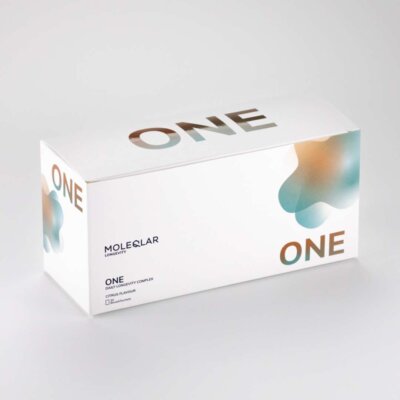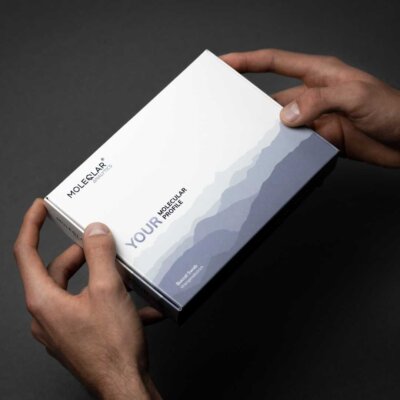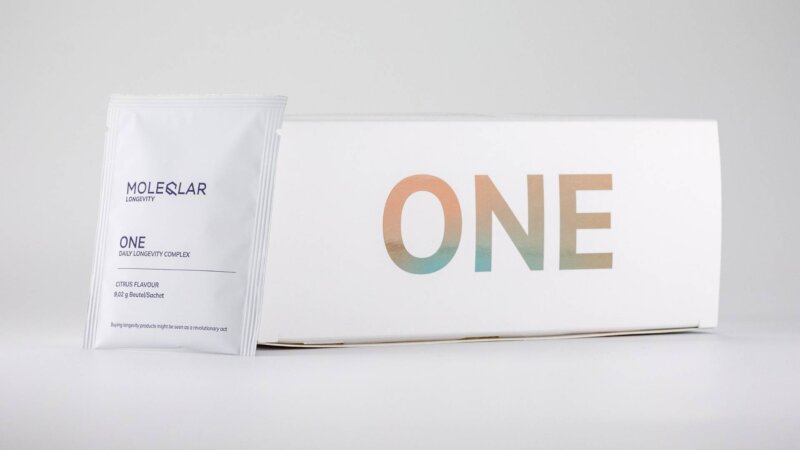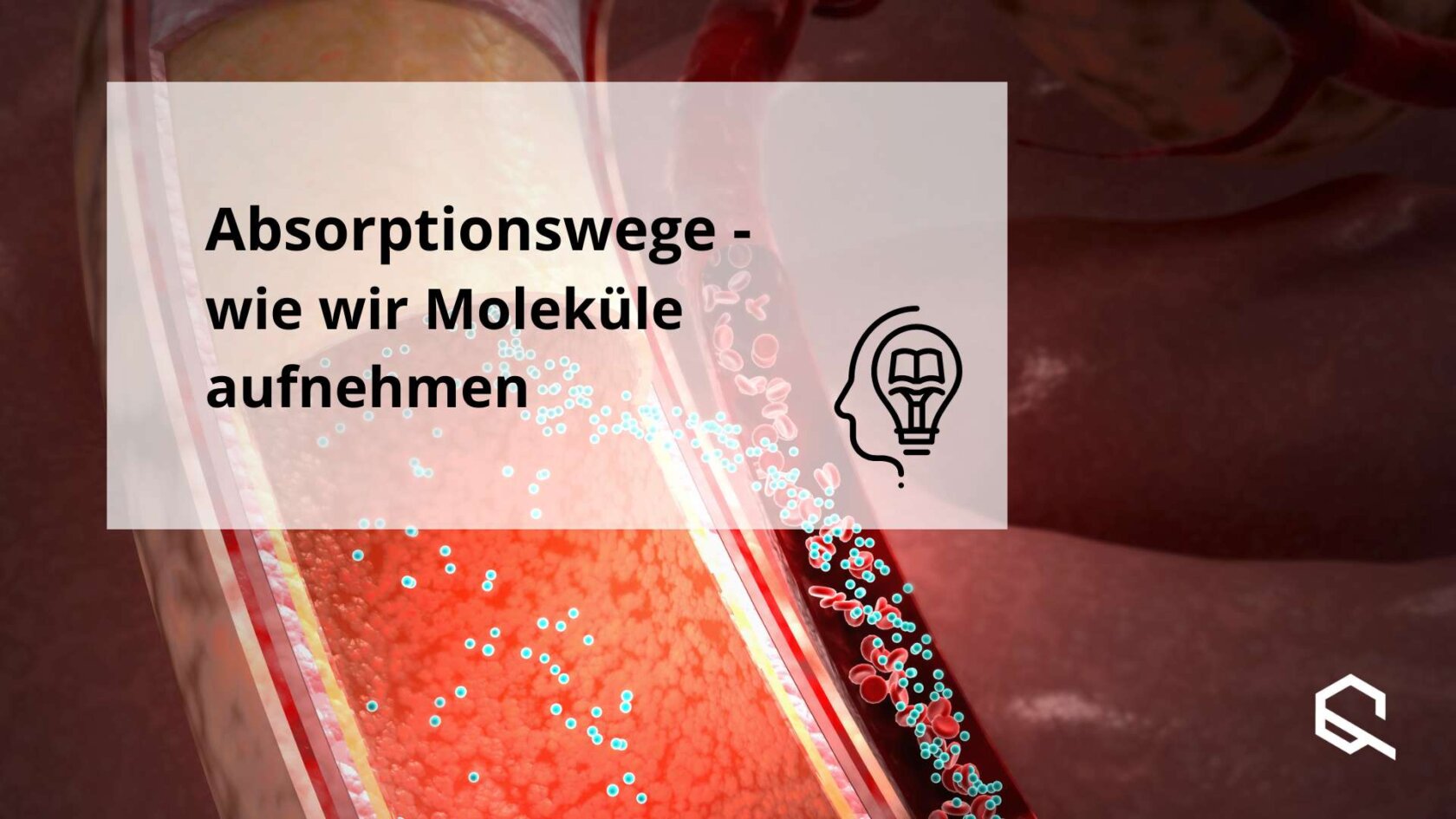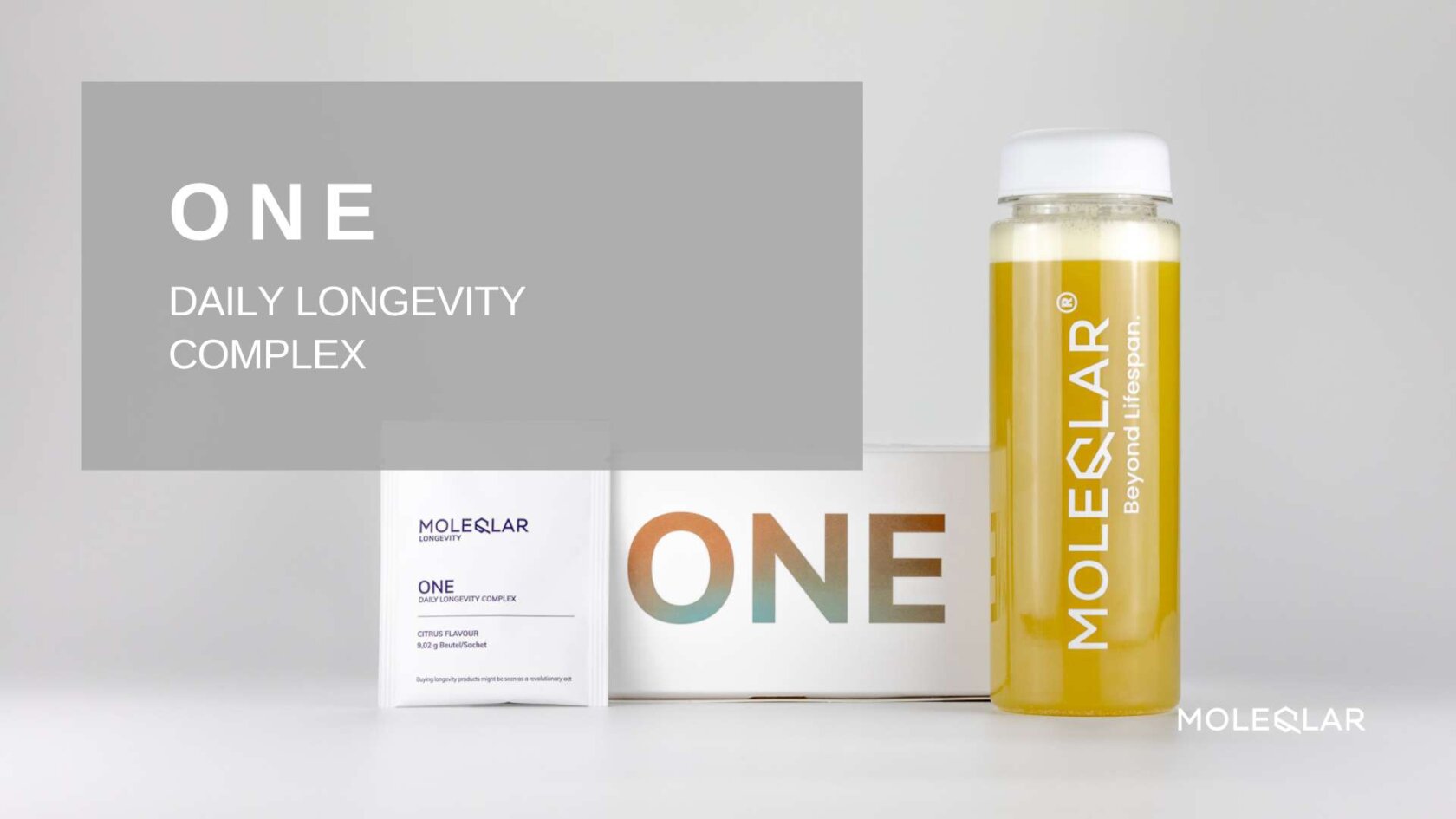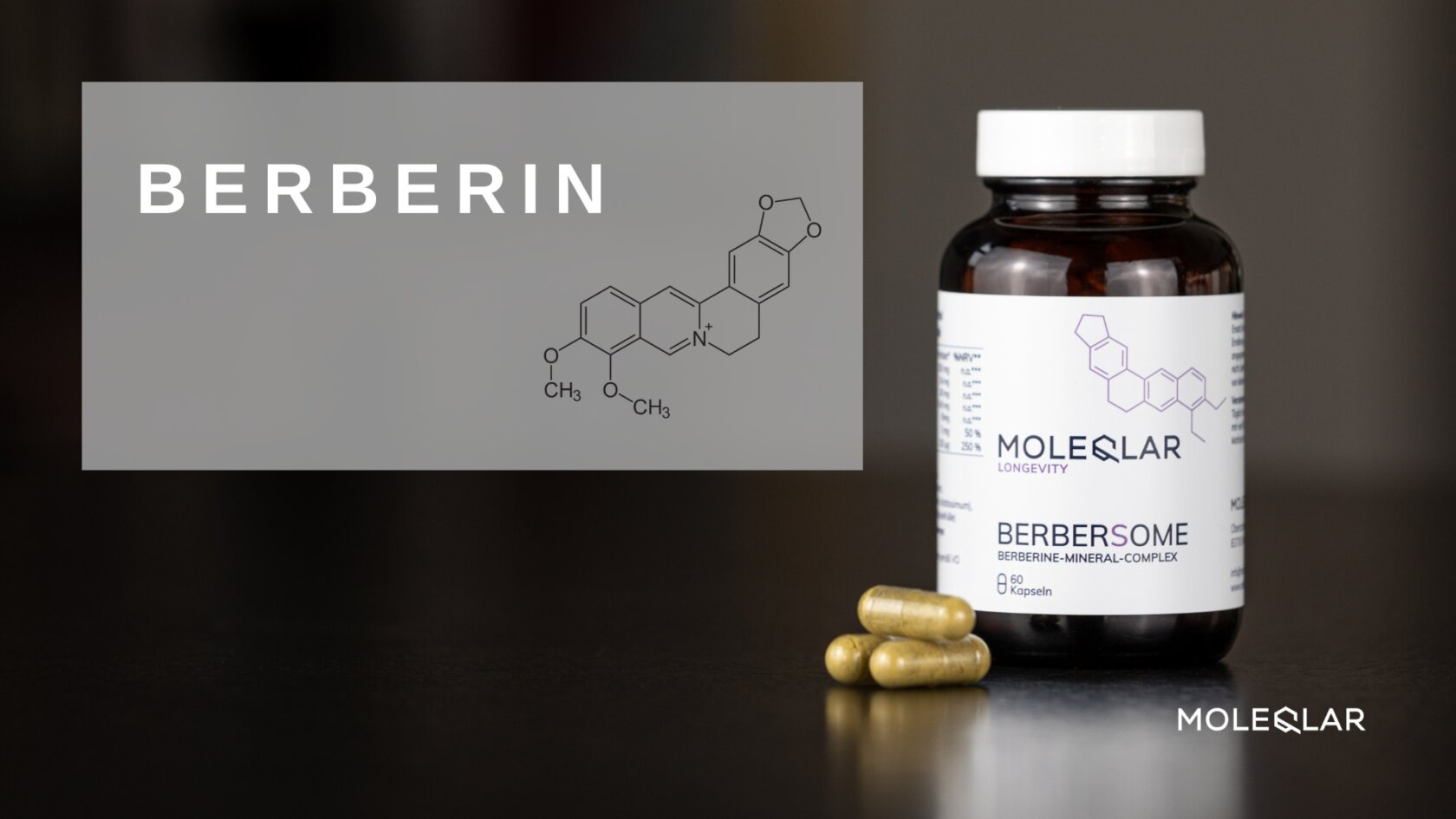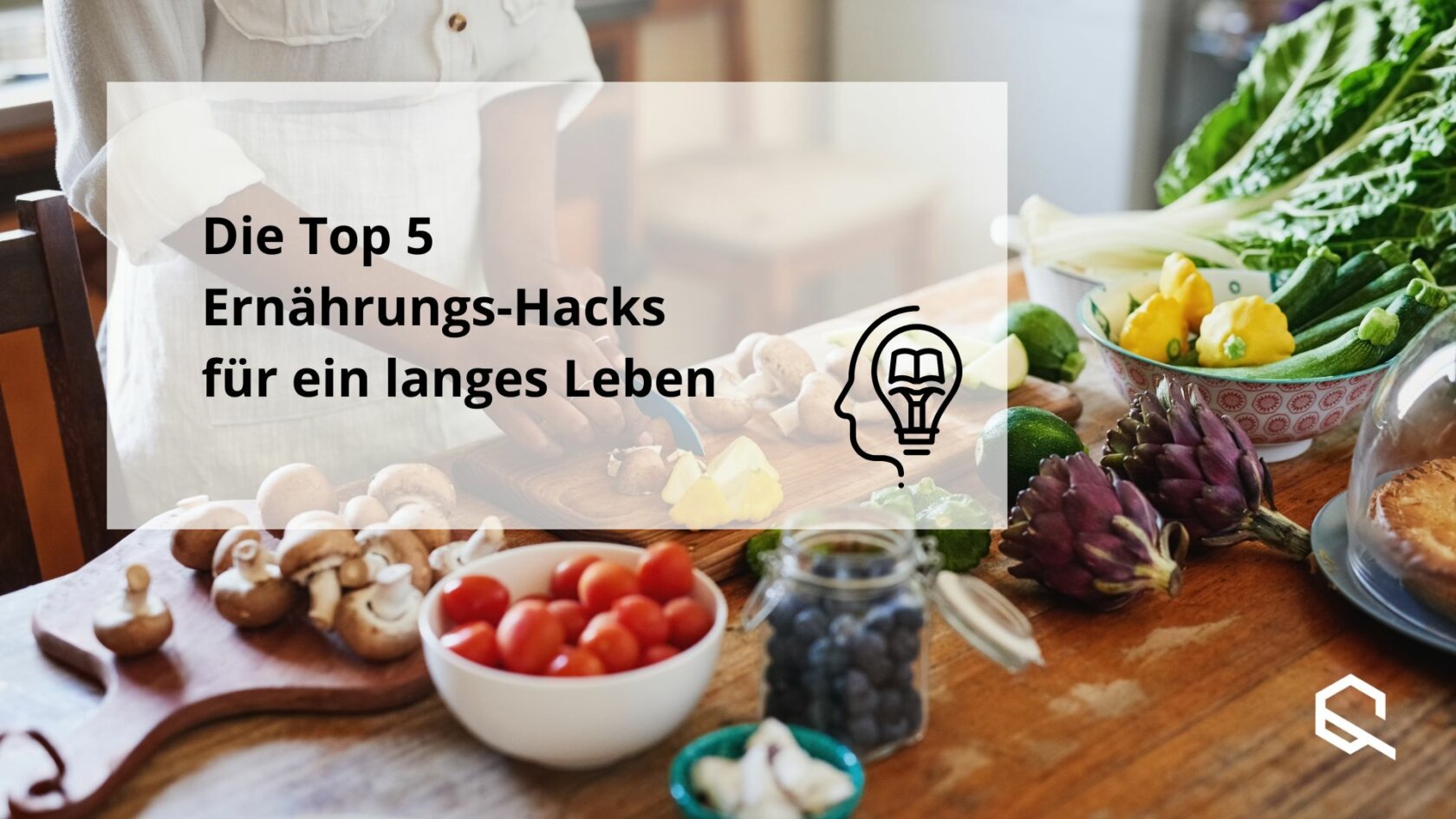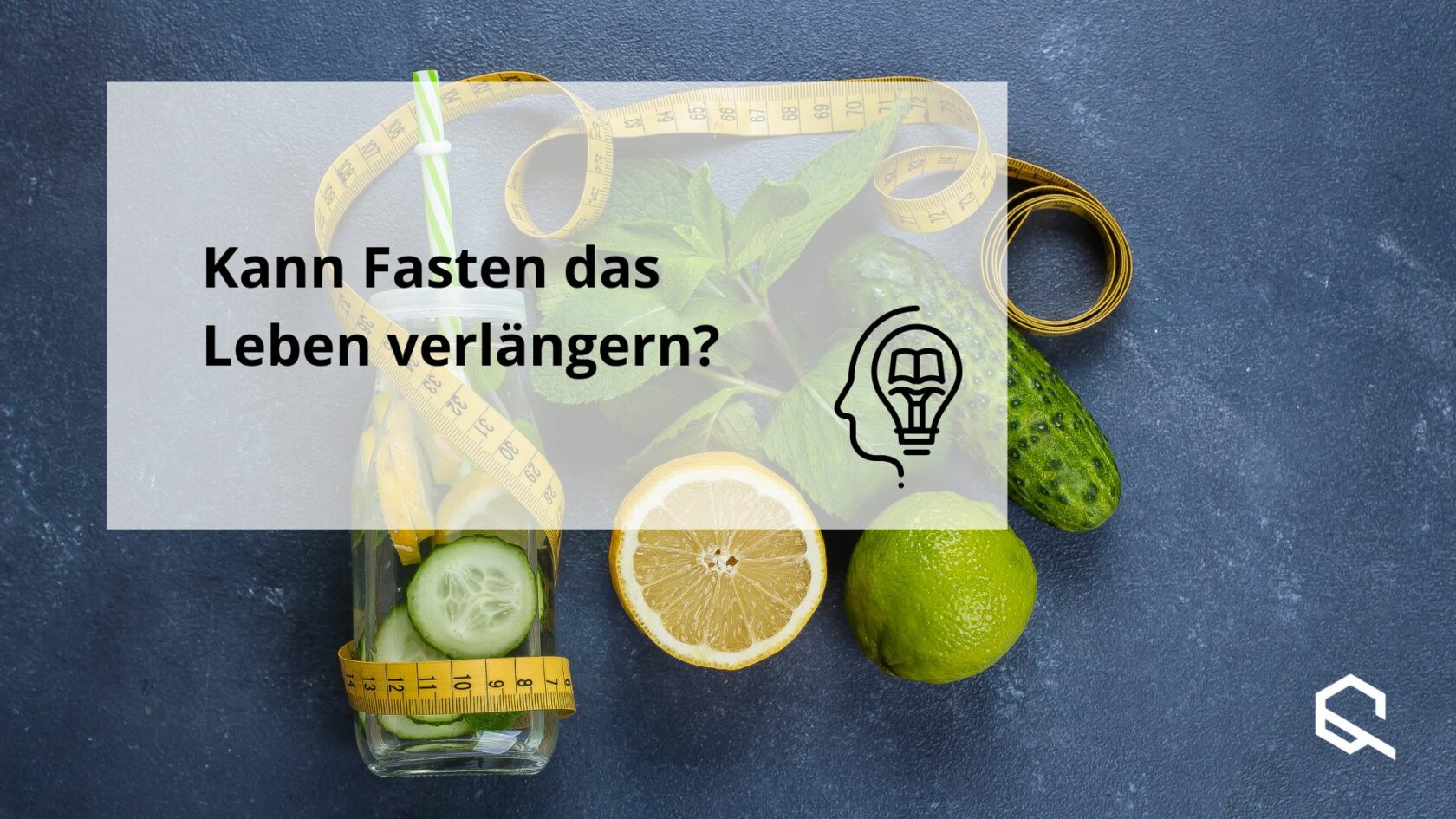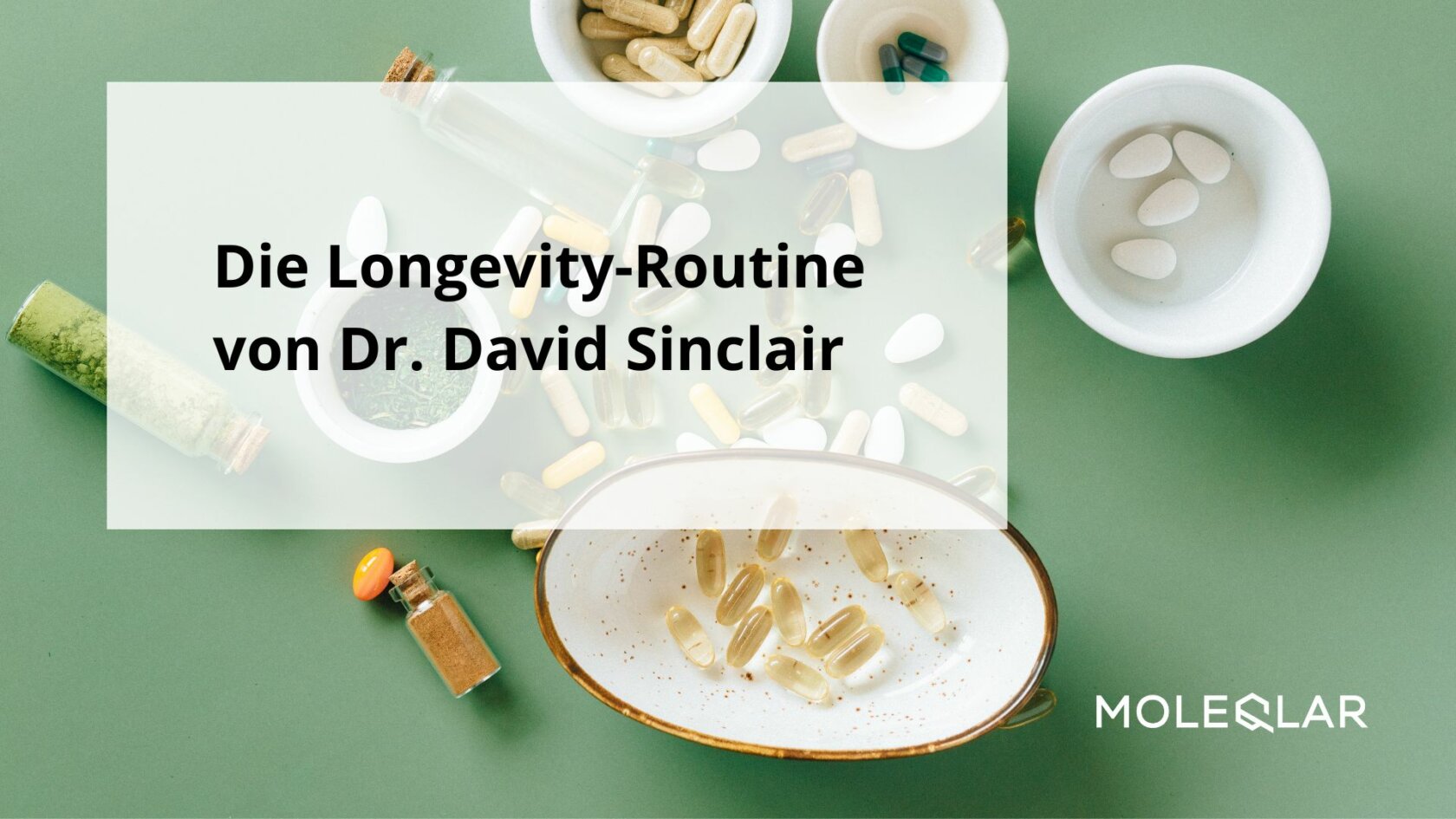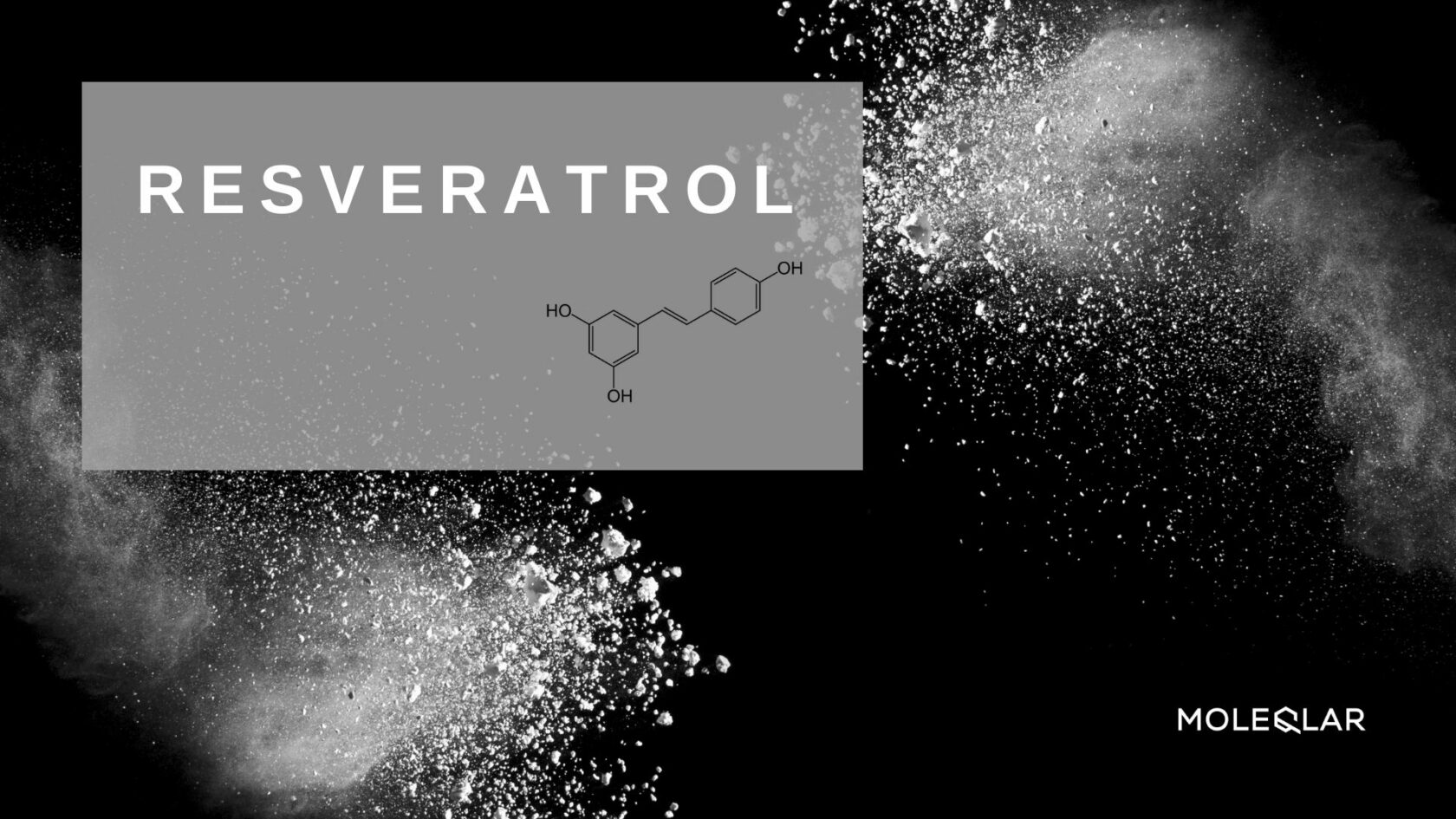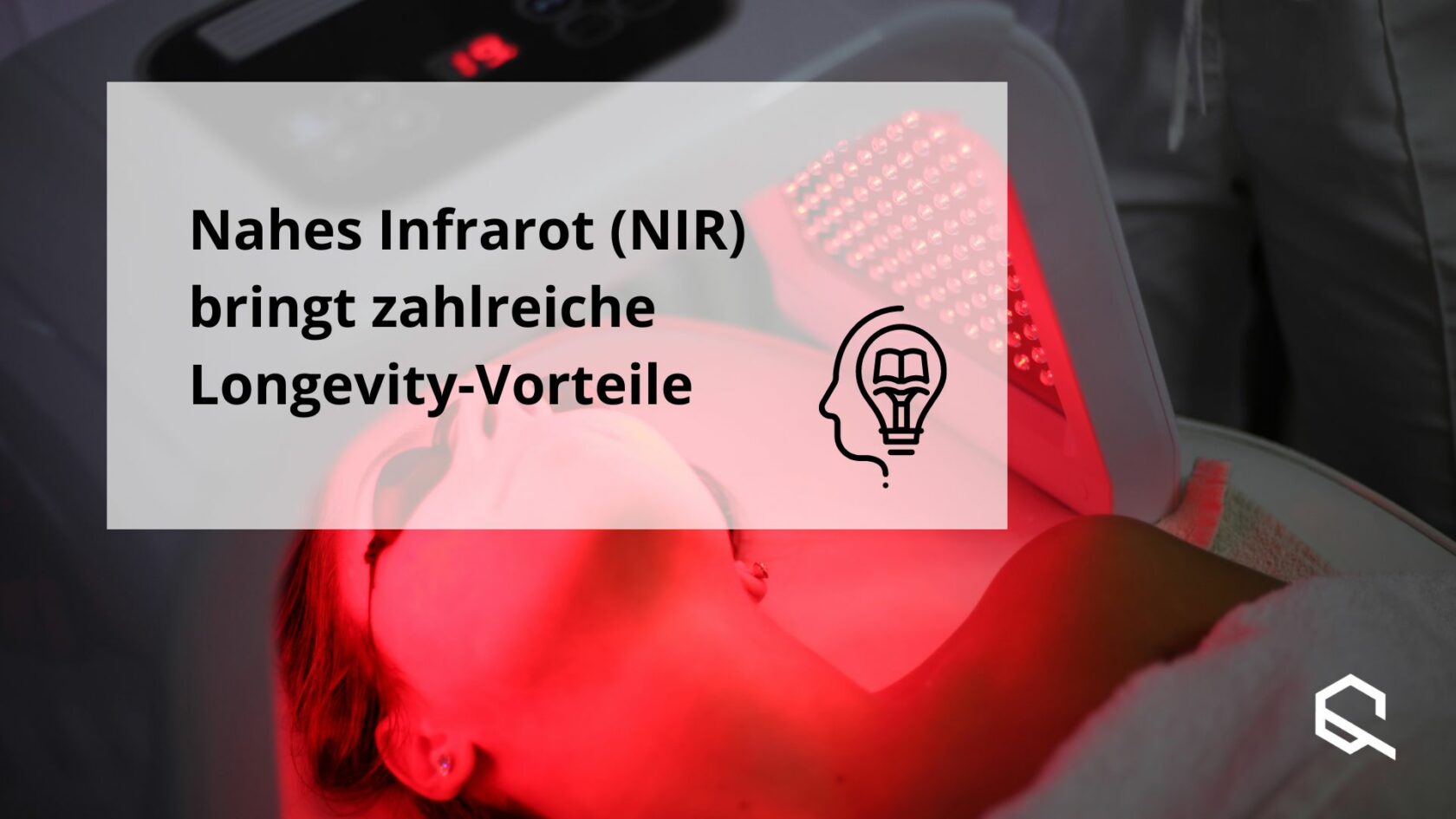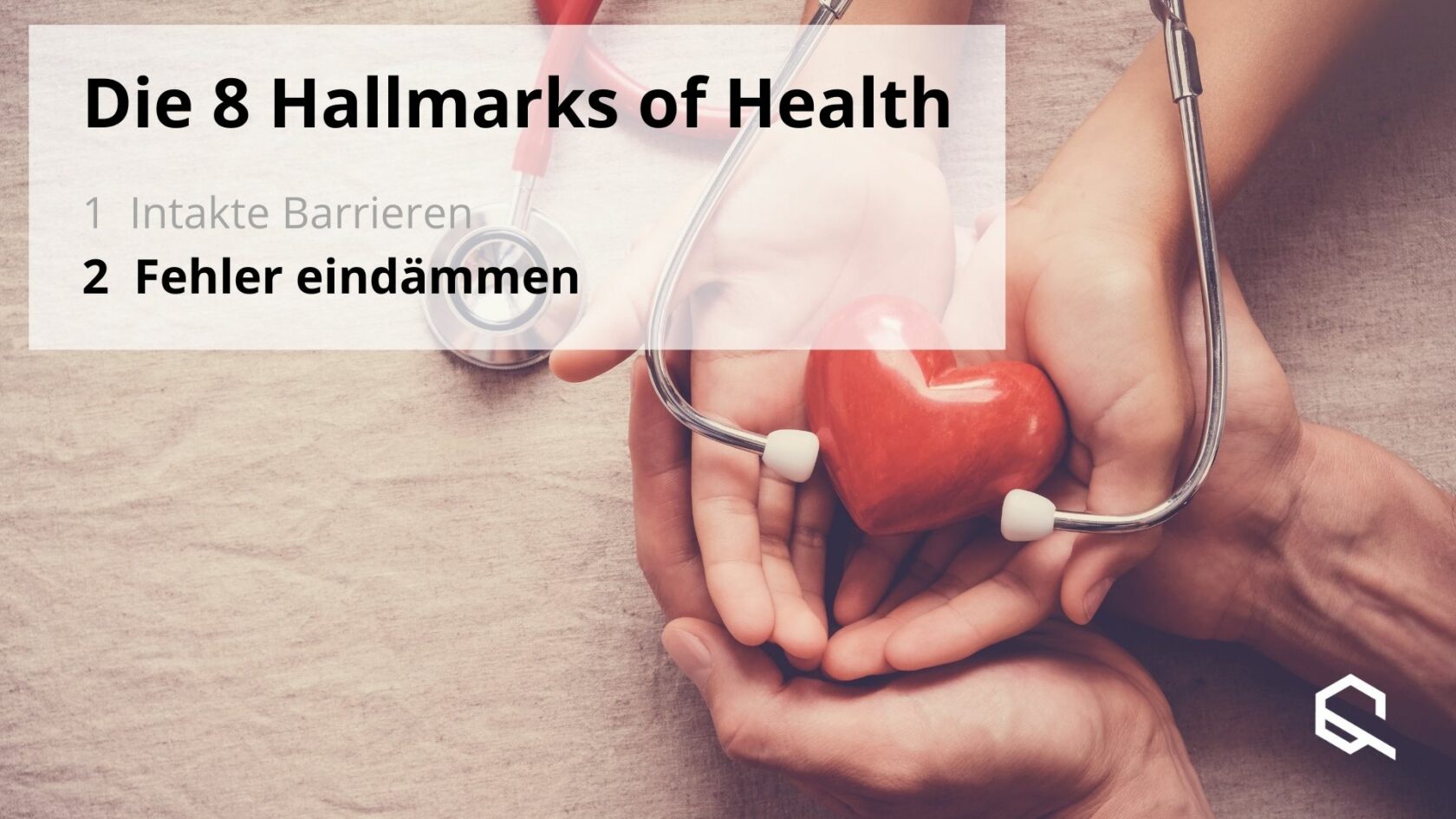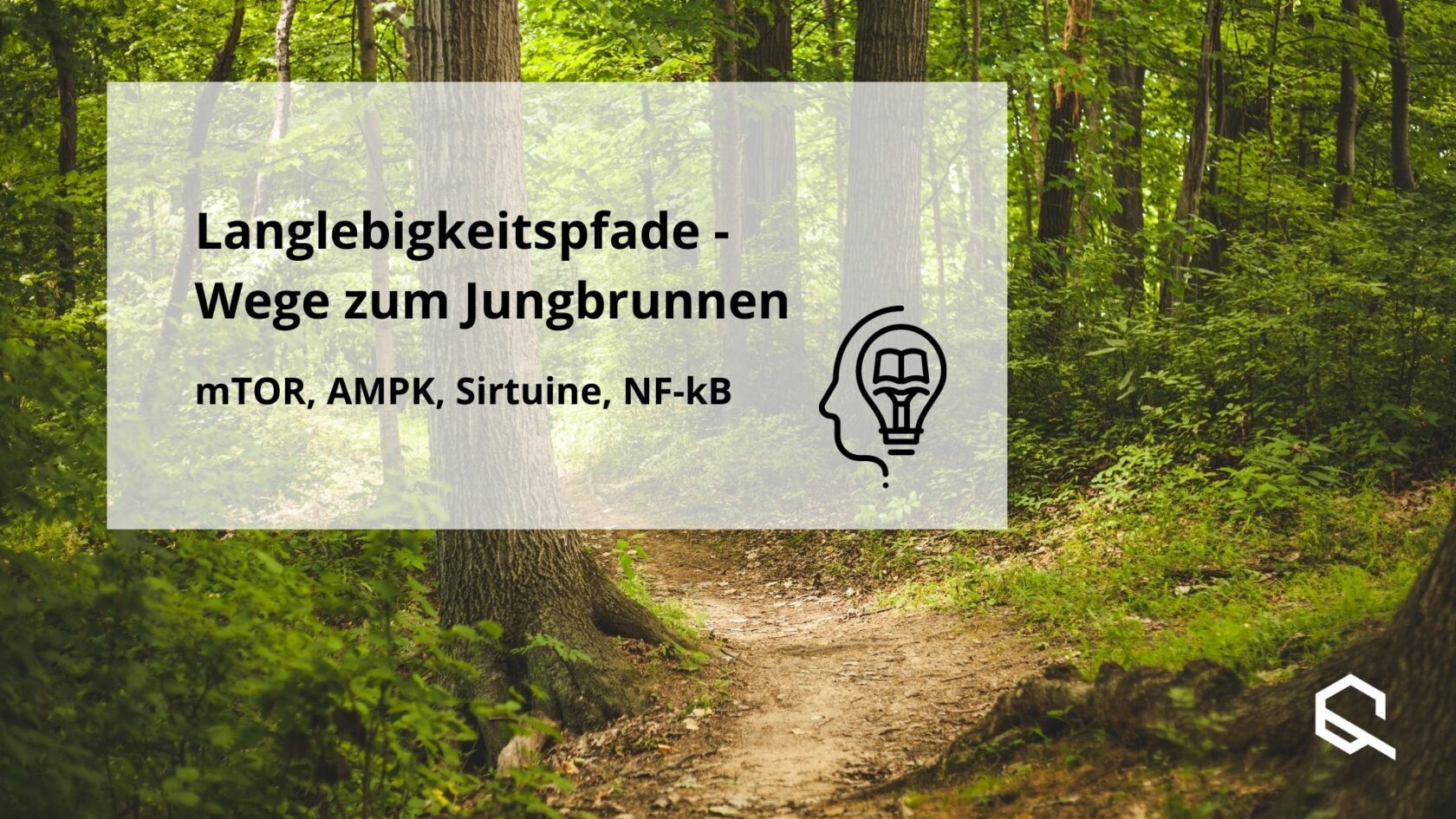"It's good for the free radicals." - a phrase that can certainly be found in common parlance. But what is scientifically behind this statement and is there also something or someone that captures these radicals? Yes, these substances are called antioxidants. On the one hand, there are natural antioxidants such as vitamins. In addition, there are substances that have an antioxidant effect indirectly, i.e. via one or more other molecules: Nrf2 activators. As a potent, broadly effective antioxidant, resveratrol is coming into focus.
Before we delve into the shallows of functional molecules, let's take a look at what an antioxidant actually is. In expert wording, the definition is as follows: "Antioxidants are chemical compounds that slow down or completely prevent the oxidation of other substances." Unfortunately, this does not help a person unfamiliar with the subject at all at first. But it can also be understood.
The term antioxidants
An antioxidant is first of all "anti" - i.e. negative towards someone or something. The second part of the word -oxidant - tells us who it is. This stands for oxygen radicals. These are molecules that contain oxygen and are very "reactive" in the context of our body. This means that these molecules, due to their chemical makeup, would very much like to form a bond with another molecule - however, it does not matter whether the molecule is already in a bond or not. True to the motto "whatever the cost", these radicals possess the property of being able to break existing bonds, which naturally causes damage. Kind of like the bad boy who wants to steal the gentleman's woman. For such situations, the body has antioxidants that bind these radicals and thus render them harmless. Hurray for the relationship police.
The classic antioxidants include vitamin A, vitamin C and vitamin E, as well as beta-carotene and selenium. The market for these vitamins as food supplements is huge. However, the disappointment was just as great when studies on large populations were considered. Researchers concluded that there was no evidence that healthy people gained any benefit from taking antioxidant vitamins. On the contrary, negative effects were sometimes found. So all that glitters is not gold.
Resveratrol and the French Paradox
Now let's take a closer look at a promising antioxidant: Resveratrol. Many people are familiar with this substance in connection with the "French paradox": French people live longer than Germans or Americans despite alcohol and fat consumption. The incidence of heart attacks is only one third as high as in the USA. All because of resveratrol? In any case, there is no consensus among physicians about the existence of this paradox.
Nevertheless, many positive effects have been described for resveratrol in numerous studies. In animal models, a dose-dependent anti-cancer effect and generally a chemoprotective effect were shown. Likewise, a positive effect on heart cells and a modulating effect on fat metabolism could be proven in cell cultures. In high concentrations, a study showed a lowering of systolic blood pressure. The list of positive effects of resveratrol on health is even longer. The molecule, which has been relatively widely researched over time, is found naturally in red grapes. In addition, resveratrol was also able to activate Nrf2 in animal models. This brings us to the indirect antioxidants.
What is a transcription factor?
Nrf2 is a transcription factor. To make this term a little more understandable, here is a short digression:
DNA is the blueprint for our body. This blueprint has a lot of different chapters or sections, which in biology are called genes. These genes contain "recipes" for proteins and other molecules that are needed for a functioning household in the body. If the body wants to produce a protein, the recipe must first be "transcribed" or, in technical jargon, transcribed. This is where the transcription factors come into play. A transcription factor is basically a factor that can have a positive or negative effect on the "transcription". Nrf2 regulates over 300 genes involved in the modulation of inflammation and oxidative stress in this way. The transcription factor plays a central role in the induction of cell-protective genes in response to oxidative stress - in other words, it provides the umbrella when there is a good rainfall. A true friend and helper.
Xenobiotics - one effect or no effect?
Nrf2 can be activated by certain substances. We have already learned about resveratrol from grapes as a potent Nrf2 activator. For some other substances, medicine speaks of xenobiotics. The word comes from the Greek and means "substances foreign to life". In general, these are substances that are foreign to natural ecosystems, including the body, and are usually chemically produced. These xenobiotics can have a negative effect on our organism, no effect at all, or a positive effect. Sulforaphane is a xenobiotic with a positive effect on the body. This effect is due to the activation of Nrf2. Thus, the molecule, with natural occurrence in broccoli and cabbage, indirectly acts as a powerful antioxidant. In cell cultures and in animal experiments, sulforaphane has demonstrated an inhibitory effect on certain tumor cells and has enhanced the effect of individual chemotherapies. The xenobiotic is being intensively researched for its promising effects.
Hurray for the relationship police
The consideration of supporting radical scavengers, and thus antioxidants, in terms of quantity and activity therefore seems quite logical. We have learned that certain supportive substances can be found in everyday foods. There is, however, one drawback: the amount of wine we would have to drink to absorb a clinically adequate amount of resveratrol amounts to dozens of litres - hallelujah! Intelligent minds have managed to isolate the molecule and produce it in pure form. Hurray for research... and of course for the relationship police!
Bjelakovic, G., Nikolova, D., Gluud, L. L., Simonetti, R. G., & Gluud, C. (2007). Mortality in randomized trials of antioxidant supplements for primary and secondary prevention: systematic review and meta-analysis. Jama, 297(8), 842-857. https://jamanetwork.com/journals/jama/article-abstract/205797
Lehman-McKeeman, L. D. (2013). Biochemical and Molecular Basis of Toxicity. In Haschek and Rousseaux's Handbook of Toxicologic Pathology (pp. 15-38). Academic Press. https://www. sciencedirect.com/science/article/pii/B9780124157590000017?via%3Dihub
Tsopmo, A., Awah, F. M., & Kuete, V. (2013). Lignans and stilbenes from African medicinal plants. In Medicinal plant research in Africa (pp. 435-478). Elsevier. https://www.sciencedirect.com/science/article/pii/B9780123851017000127
Bjelakovic, G., Nikolova, D., & Gluud, C. (2014). Antioxidant supplements and mortality. Current Opinion in Clinical Nutrition & Metabolic Care, 17(1), 40-44. https://journals.lww.com/co-clinicalnutrition/Abstract/2014/01000/Antioxidant_supplements_and_mortality.7.aspx
Kubo, E., Chhunchha, B., Singh, P., Sasaki, H., & Singh, D. P. (2017). Sulforaphane reactivates cellular antioxidant defence by inducing Nrf2/ARE/Prdx6 activity during aging and oxidative stress. Scientific reports, 7(1), 1-17. https://www.nature.com/articles/s41598-017-14520-8
Zhou, J., Ci, X., Ma, X., Yu, Q., Cui, Y., Zhen, Y., & Li, S. (2019). Pterostilbene activates the Nrf2-dependent antioxidant response to ameliorate arsenic-induced intracellular damage and apoptosis in human keratinocytes. Frontiers in pharmacology, 10. https://www.ncbi.nlm.nih.gov/pmc/articles/PMC6519314/
